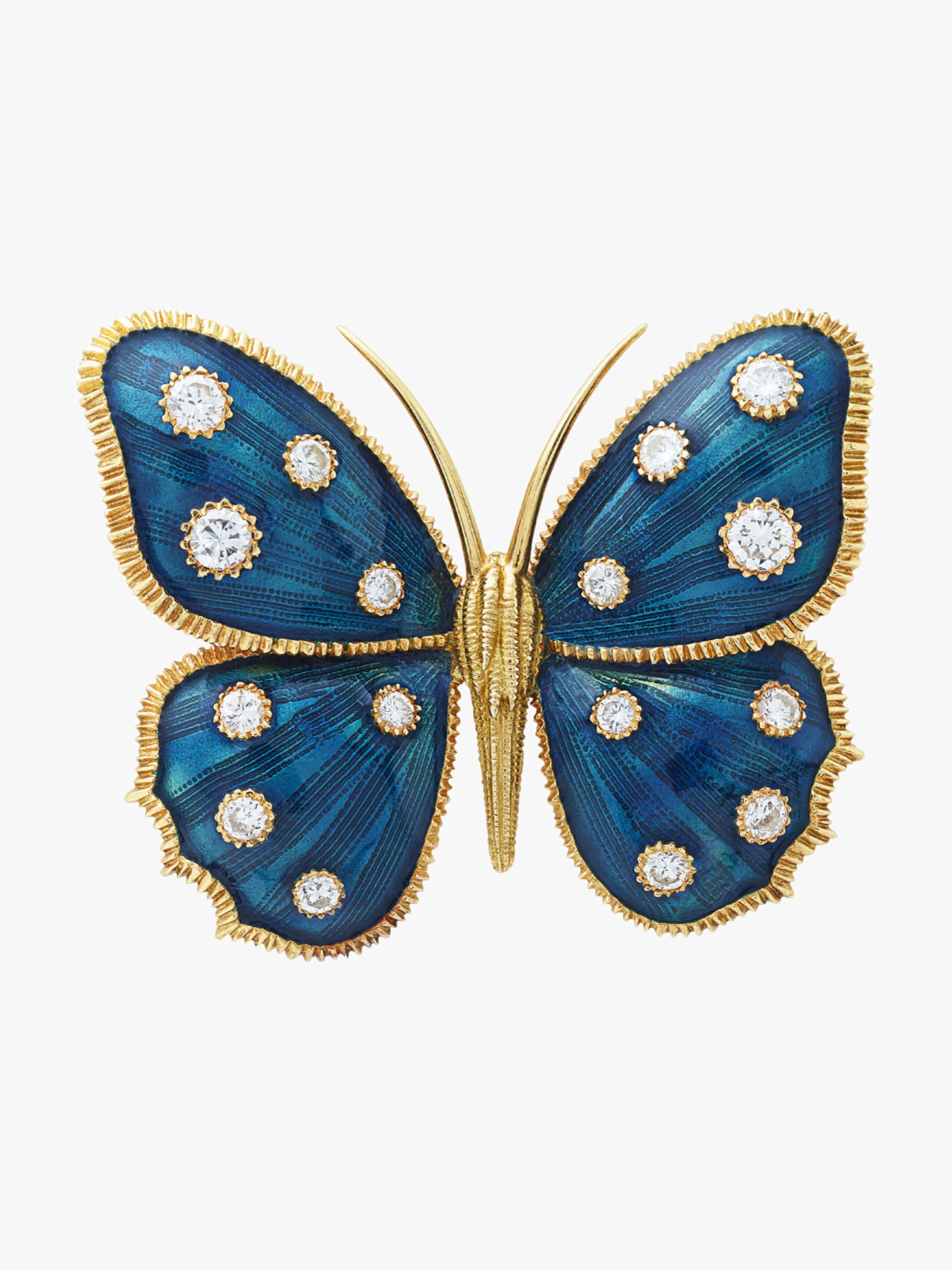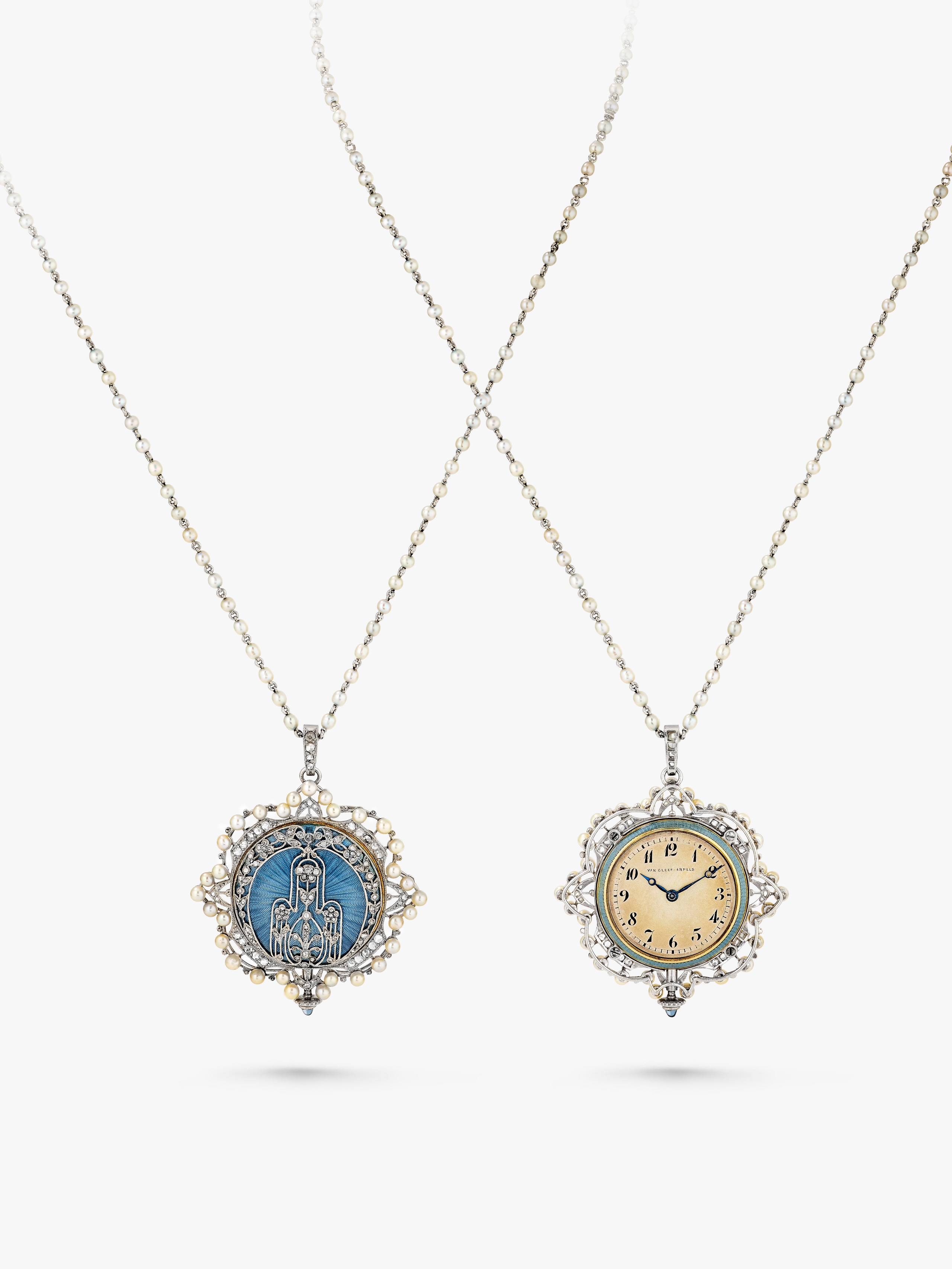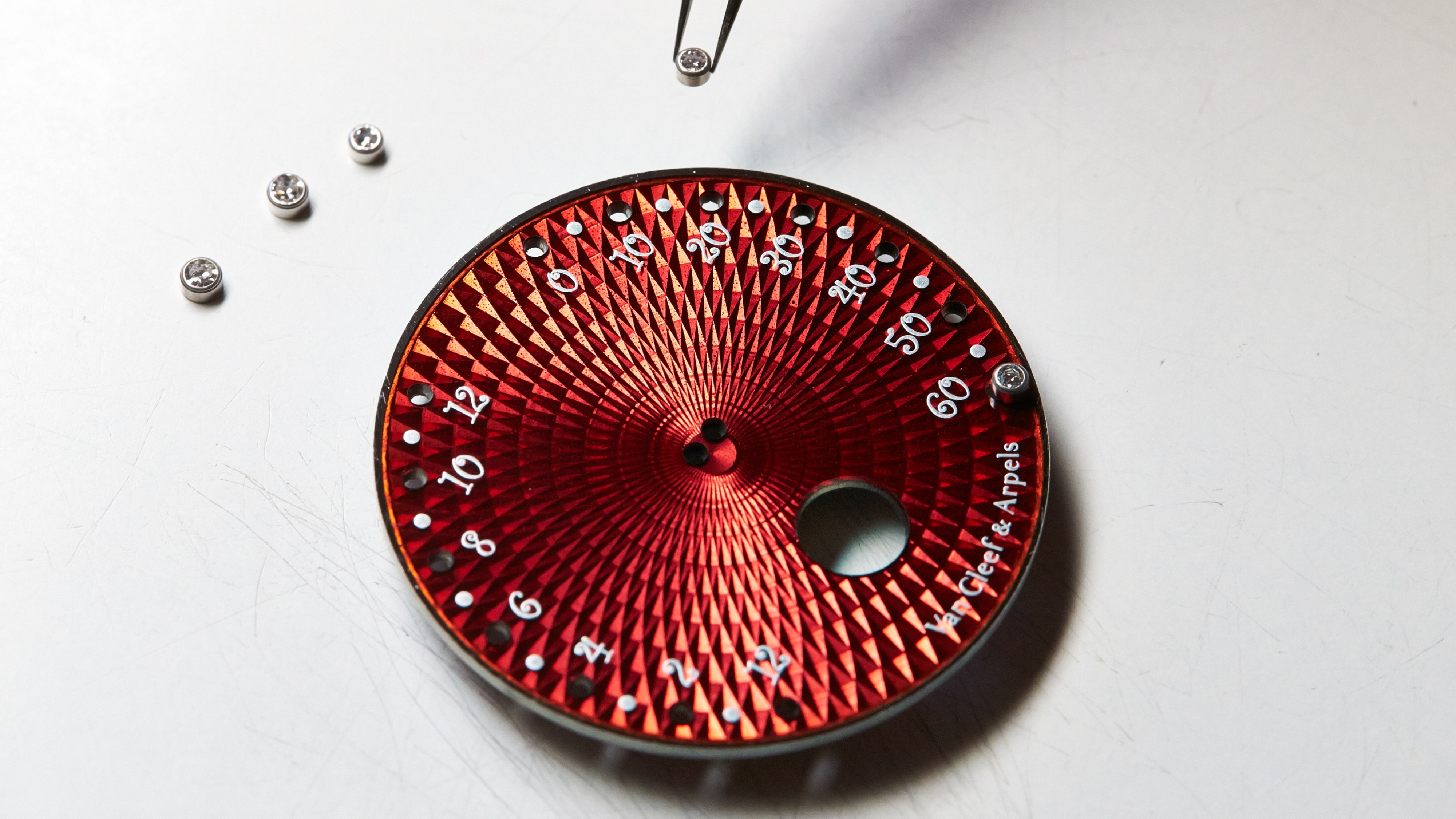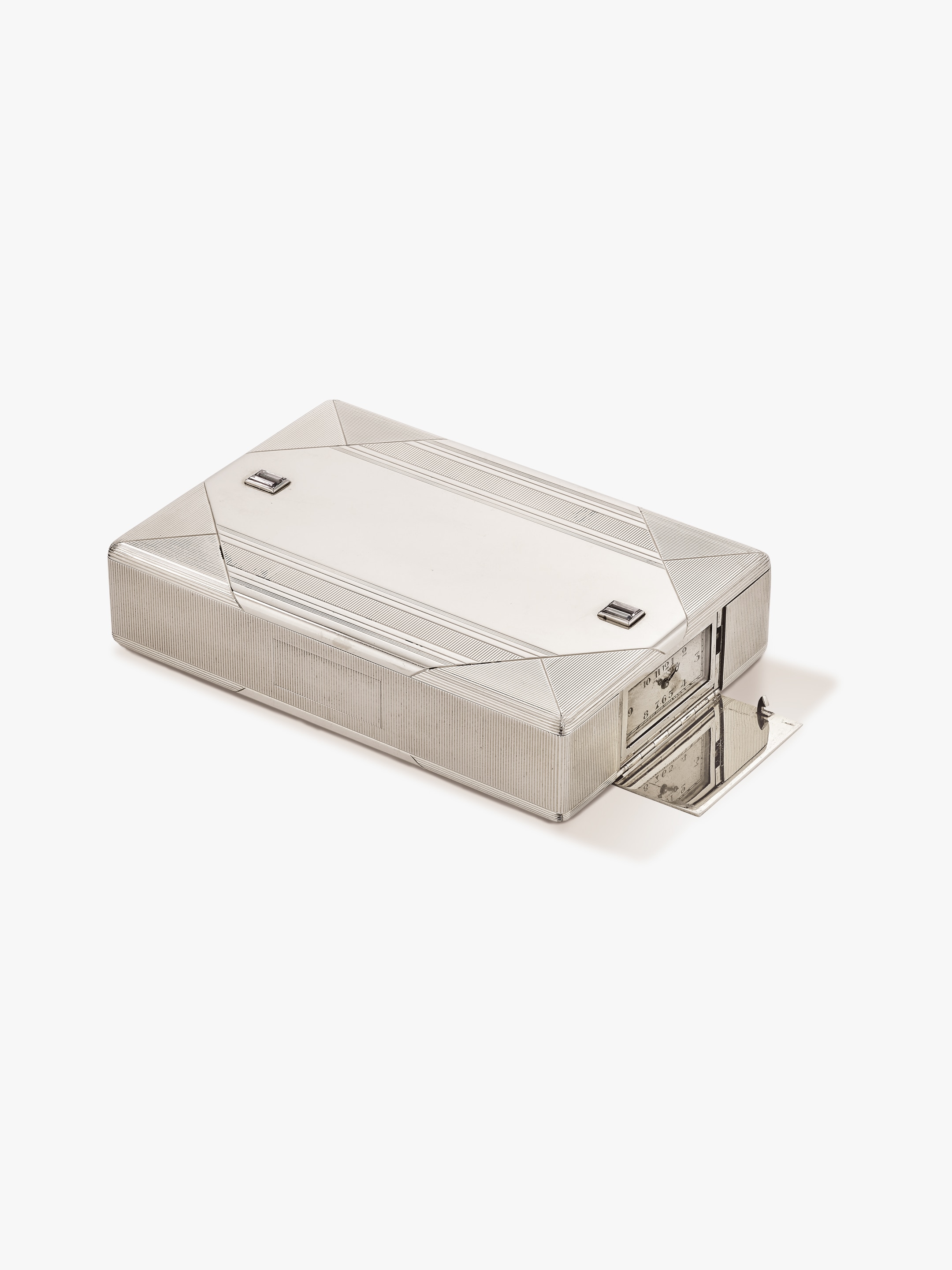My Shopping Bag
Su cesta está actualmente vacía.
CONSULTADO RECIENTEMENTE
¿Le gustaría combinarla con su medalla?
Entrega gratuita
- Total (IVA no incluido)
- 0
El guilloché, un savoir-faire que ilumina
las creaciones de Van Cleef & Arpels
El guilloché, una técnica de grabado tradicional inspirada en la orfebrería y el arte culinario, es utilizado por la Maison desde la década de 1910 en objetos, accesorios, relojes y joyas.

Clip Papillon de nuit, 1966
Oro amarillo, oro blanco, esmalte, diamantes
Colección Van Cleef & Arpels

Reloj colgante, 1912
Platino, perlas, esmalte, diamantes
Colección Van Cleef & Arpels
Dispuestas sobre forma de sol, con líneas onduladas o entrecruzadas, las estrías despiertan sutiles juegos de luz.
Este savoir-faire consiste en grabar delicadas estrías, principalmente en superficies metálicas preciosas, pero también en nácar. Dispuestas sobre forma de sol, con líneas onduladas o entrecruzadas, utilizan sutiles juegos de luz, que cambian según los movimientos.

Lady Arpels Féérie Rouge, esmalte translúcido sobre oro con guilloché
Esta estética, presente por primera vez en las esferas de los relojes Van Cleef & Arpels, se extiende en los años hasta las cajas, los polvos compactos y los MinaudièresTM.

Polvos compactos Daisies, 1948
Oro amarillo, platino, diamantes
Colección Van Cleef & Arpels

Pitillera con reloj, 1930
Oro blanco, diamantes
Colección Van Cleef & Arpels
En la actualidad, este proceso se centra en las colecciones de Maison, especialmente desde 2018 en las creaciones Alhambra®. El icónico motivo de la suerte también envuelve el oro con grabado guilloché, iluminando este símbolo de la suerte con sus intensos reflejos.